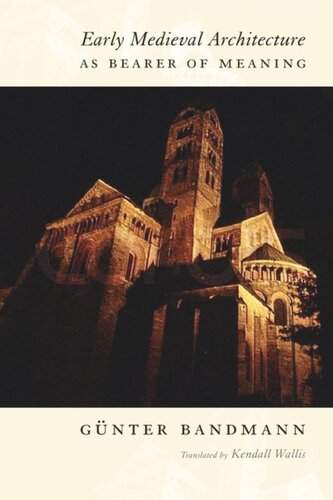

Most ebook files are in PDF format, so you can easily read them using various software such as Foxit Reader or directly on the Google Chrome browser.
Some ebook files are released by publishers in other formats such as .awz, .mobi, .epub, .fb2, etc. You may need to install specific software to read these formats on mobile/PC, such as Calibre.
Please read the tutorial at this link: https://ebookbell.com/faq
We offer FREE conversion to the popular formats you request; however, this may take some time. Therefore, right after payment, please email us, and we will try to provide the service as quickly as possible.
For some exceptional file formats or broken links (if any), please refrain from opening any disputes. Instead, email us first, and we will try to assist within a maximum of 6 hours.
EbookBell Team

4.8
74 reviewsThis classic text—continually in print for more than half a century—analyzes the architecture of societies in western Europe up to the twelfth century that aspired to be the heirs to the Roman Empire.
At last available in English, this classic text was originally published in Germany in 1951 and has been continuously in print since then. Gunter Bandmann analyzes the architecture of societies in western Europe up to the twelfth century that aspired to be the heirs to the Roman Empire. He examines the occurrence and recurrence of basic forms not as stylistic evolutions but as meaningful expressions of meta-material content and develops an architectural iconography of symbolic, historical, and aesthetic elements.